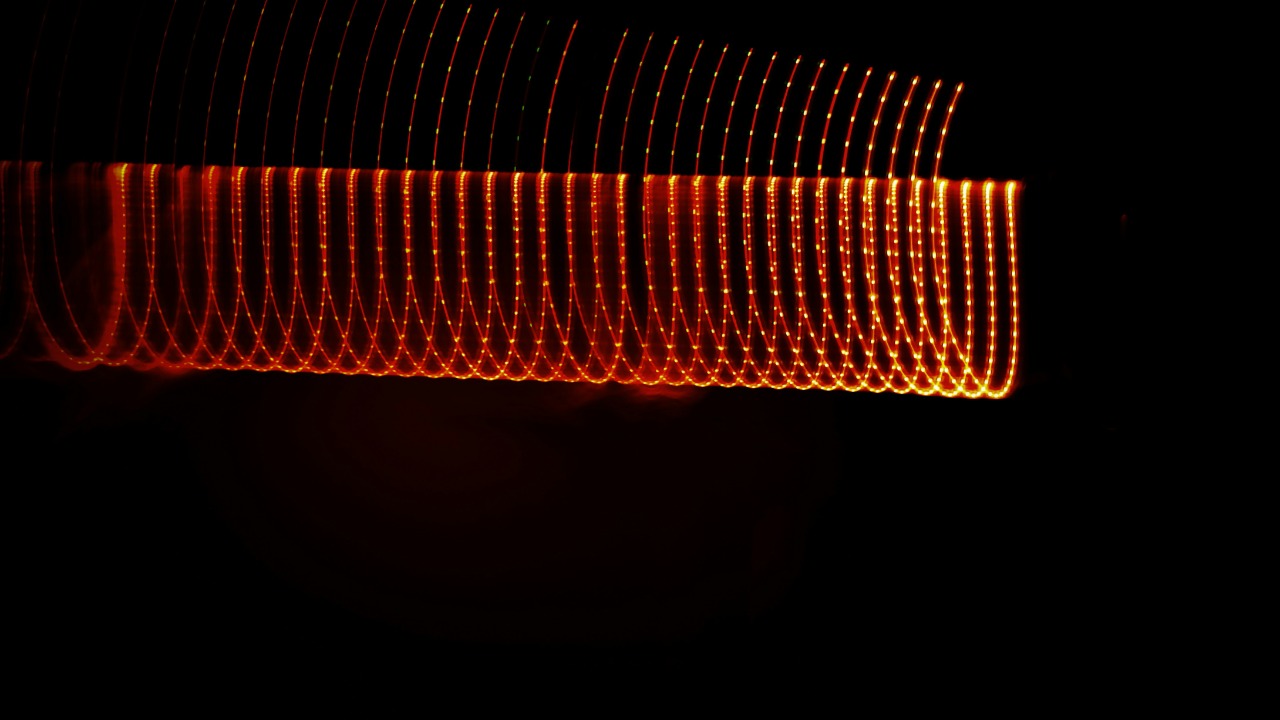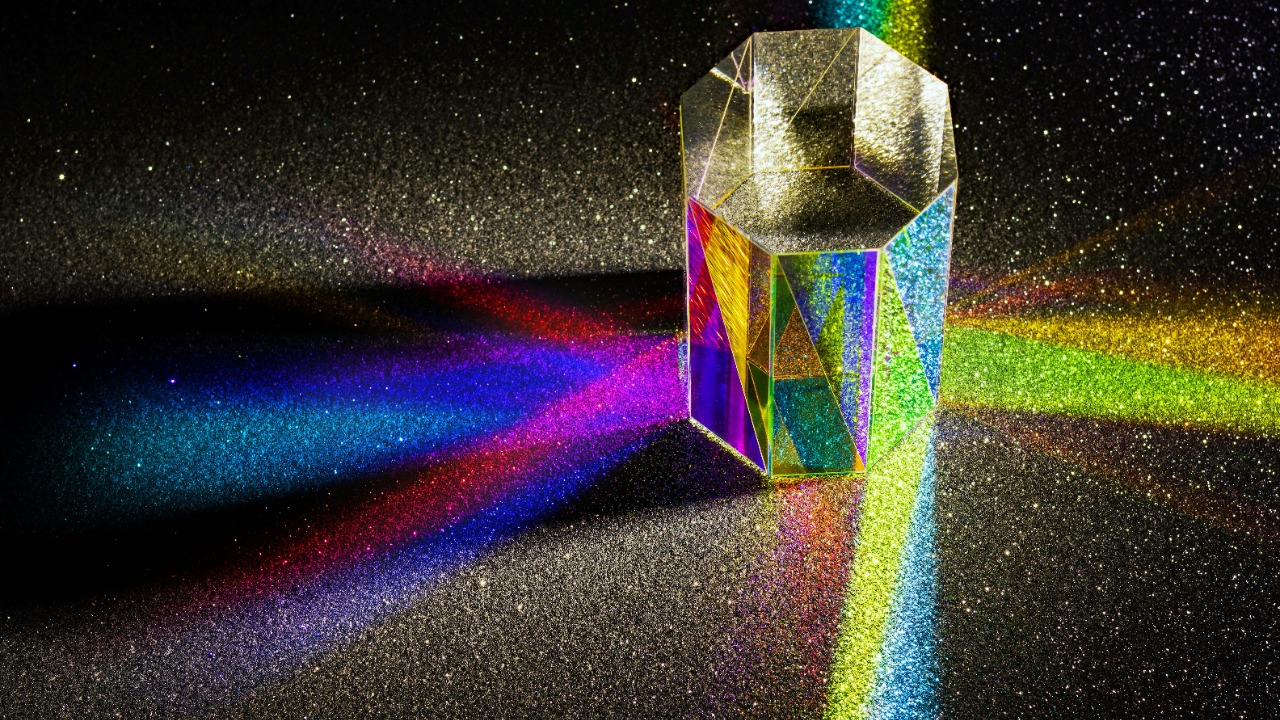
Supersolid light, a newly discovered phase of matter, represents a groundbreaking leap in our understanding of physics. This phenomenon combines properties of both solids and superfluids, resulting in a state that defies traditional classifications of matter. Recent experiments have successfully created this state using light, opening up potential pathways for advancements in quantum computing and material sciences.
Understanding Supersolid Light

Definition and Characteristics
Supersolid light is a unique phase of matter that exhibits properties of both a solid and a superfluid. Traditionally, solids are known for their fixed shape and volume, while superfluids flow without viscosity. Supersolid light combines these characteristics by maintaining a rigid structure while also exhibiting fluid-like properties. This duality leads to fascinating behaviors that challenge our conventional understanding of matter.
The concept of supersolids was first predicted within the realm of quantum physics. The theoretical framework suggested that under certain conditions, matter could enter a supersolid state, where it would demonstrate characteristics of both rigidity and fluidity. These predictions laid the groundwork for recent experiments that have successfully created supersolid light, marking a significant milestone in the field.
Historical Background
The theory of supersolids has its roots in quantum physics, with early predictions dating back to the 1960s. Over the decades, physicists have sought to prove the existence of supersolids through various experimental approaches. Notable experiments included attempts to observe supersolid behavior in helium, although these efforts initially faced challenges due to the complex nature of the material.
In recent years, breakthroughs in laser technology and quantum mechanics have enabled scientists to explore the concept of supersolids using light. Key experiments have demonstrated that supersolid light can be created under specific conditions, providing the first tangible evidence of this exotic state of matter. These advancements have been documented in publications such as this study, which outlines the experimental procedures and findings that have contributed to our current understanding.
The Science Behind Supersolid Light

How Supersolid Light is Created
Creating supersolid light requires precise experimental setups and conditions. Researchers typically use a combination of lasers and Bose-Einstein condensates to achieve this state. Bose-Einstein condensates are formed when atoms are cooled to temperatures close to absolute zero, causing them to coalesce into a single quantum state. By manipulating these condensates with lasers, scientists can induce the formation of supersolid light.
Lasers play a crucial role in this process, as they provide the necessary energy and coherence to manipulate the atoms within the condensate. By carefully tuning the laser frequencies and intensities, researchers can control the interactions between atoms, allowing them to transition into a supersolid state. This delicate balance of conditions is essential for the successful creation of supersolid light, as detailed in recent scientific reports.
Theoretical Implications
The discovery of supersolid light presents significant theoretical implications for our understanding of matter. Traditional models of matter categorize states based on their physical properties, such as solid, liquid, or gas. Supersolid light challenges these models by introducing a state that exhibits both solid-like and fluid-like characteristics simultaneously. This duality prompts physicists to reevaluate existing theories and consider new frameworks that can accommodate such complex behaviors.
Moreover, the study of supersolid light has the potential to bridge gaps in quantum theory. By examining the interactions and properties of supersolid light, researchers may uncover insights that could inform the development of more comprehensive quantum models. This exploration is crucial for advancing our understanding of fundamental physics, as discussed in popular scientific literature.
Potential Applications and Future Research

Technological Innovations
The creation of supersolid light opens up exciting possibilities for technological innovations. One promising area is quantum computing, where the unique properties of supersolid light could be harnessed to develop more efficient and powerful quantum processors. The ability to manipulate matter at such a fundamental level offers new avenues for data storage and processing, potentially revolutionizing how information is handled in the digital age.
In addition to quantum computing, supersolid light could have significant applications in precision measurement and sensing technologies. The dual nature of supersolid light, combining rigidity and fluidity, allows for highly sensitive detection of changes in the environment. This capability could lead to advancements in fields ranging from environmental monitoring to medical diagnostics, as researchers continue to explore the potential of this novel state of matter.
Future Directions in Research
While the discovery of supersolid light marks a significant achievement, there remain many unanswered questions and challenges in this area of research. Understanding the full range of properties and behaviors of supersolid light is essential for unlocking its potential applications. Researchers are actively investigating the conditions under which supersolid light can be created and the factors that influence its stability and characteristics.
Further research is also needed to explore the interactions between supersolid light and other forms of matter. By examining these interactions, scientists hope to gain deeper insights into the fundamental laws of physics and the potential for supersolid light to influence other scientific fields. As research progresses, the implications of supersolid light could extend far beyond the realm of physics, impacting various areas of science and technology.
The Broader Impact on Physics and Society

Paradigm Shift in Physics
The discovery of supersolid light represents a paradigm shift in our understanding of physics. By challenging traditional classifications of matter, supersolid light prompts scientists to reconsider fundamental principles and explore new theoretical frameworks. This shift is indicative of the dynamic nature of scientific inquiry, where breakthroughs often lead to reevaluations of established knowledge.
Interdisciplinary collaboration has played a crucial role in achieving this breakthrough. The convergence of expertise from fields such as quantum physics, materials science, and laser technology has enabled researchers to overcome the challenges associated with creating and studying supersolid light. This collaborative approach highlights the importance of cross-disciplinary efforts in advancing scientific knowledge and addressing complex research questions.
Societal and Ethical Considerations
As with any groundbreaking scientific discovery, the implications of supersolid light extend beyond the laboratory. The potential applications of this technology raise important societal and ethical considerations. For instance, the ability to manipulate and control new states of matter could have profound implications for industries ranging from computing to healthcare. As these technologies develop, it will be essential to consider the broader societal impacts and ensure that advancements are used responsibly and ethically.
Moreover, the manipulation of matter at such a fundamental level raises ethical questions about the limits of scientific intervention. As researchers continue to explore the possibilities of supersolid light, it is crucial to engage in thoughtful discussions about the potential consequences and ensure that ethical guidelines are in place to govern the responsible use of this technology. By addressing these considerations, we can ensure that the benefits of supersolid light are realized in a way that aligns with societal values and priorities.